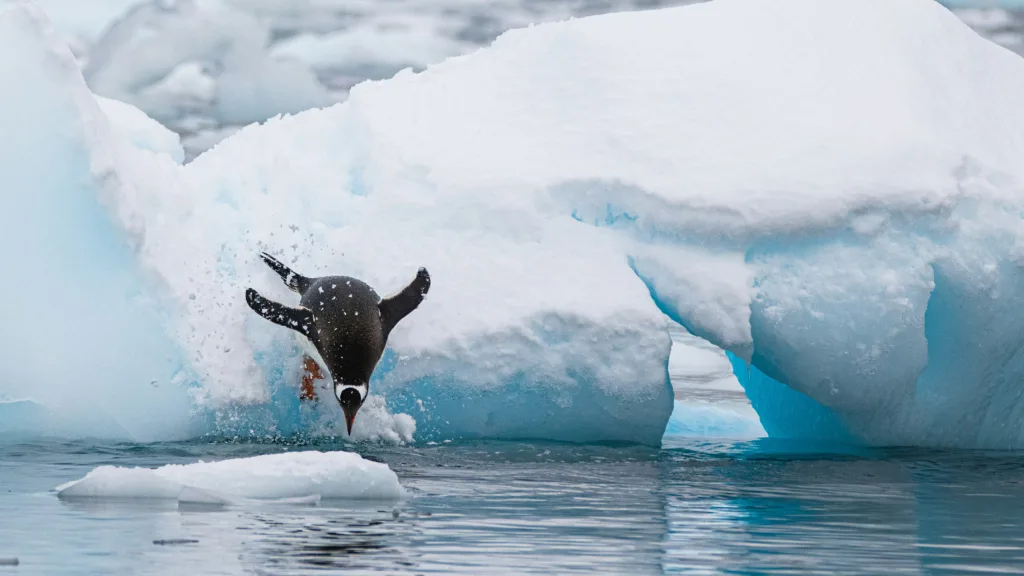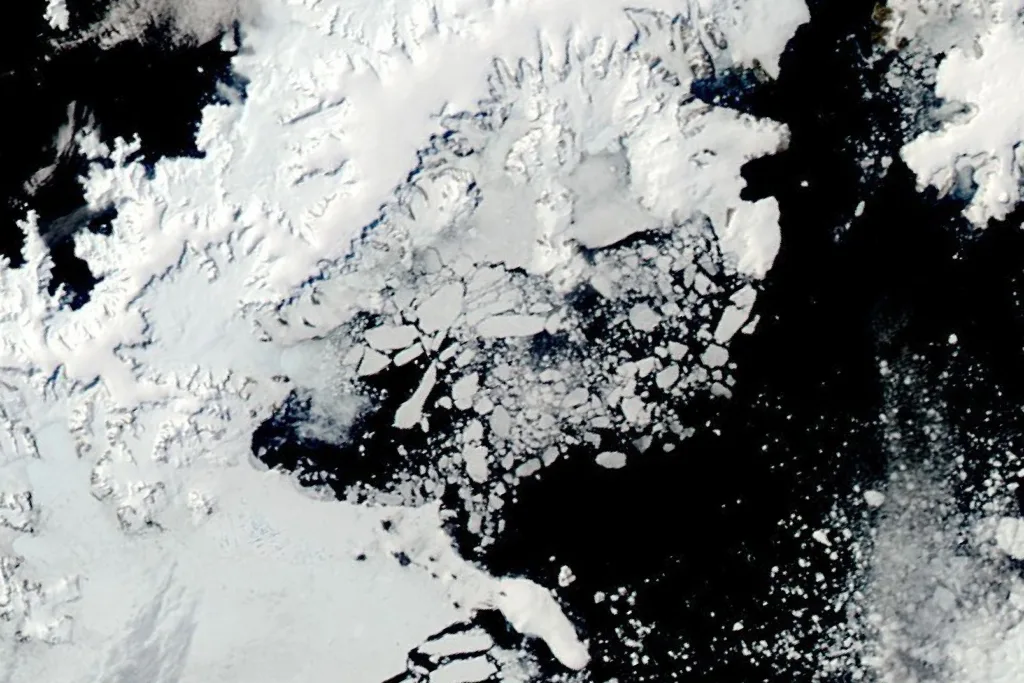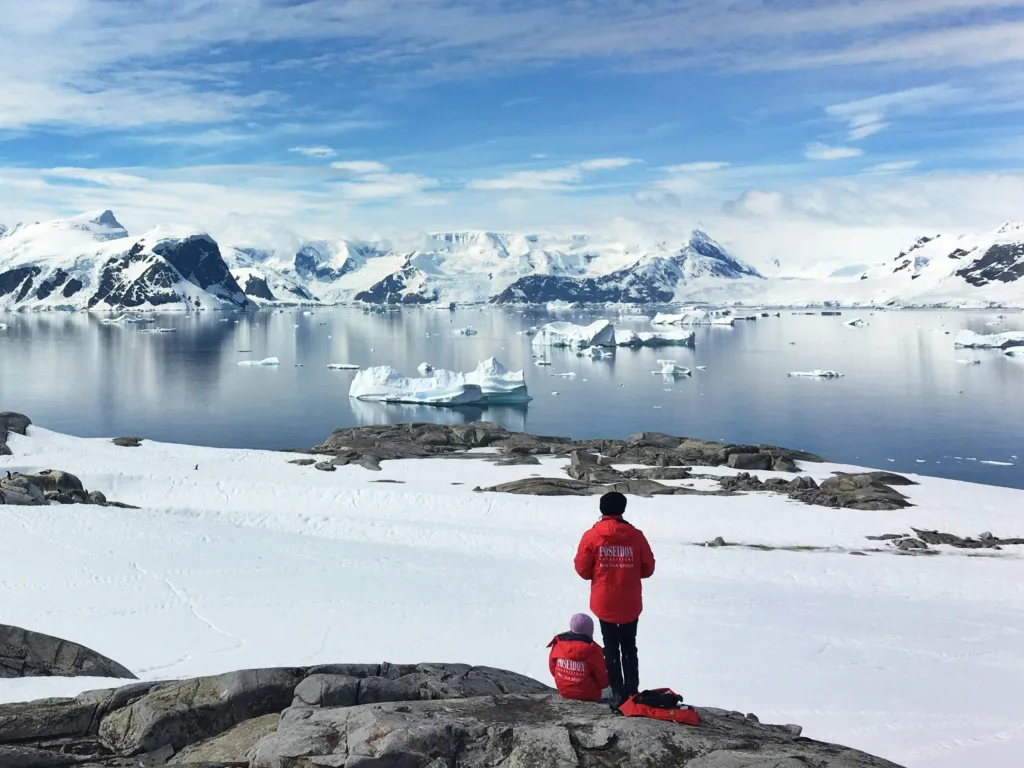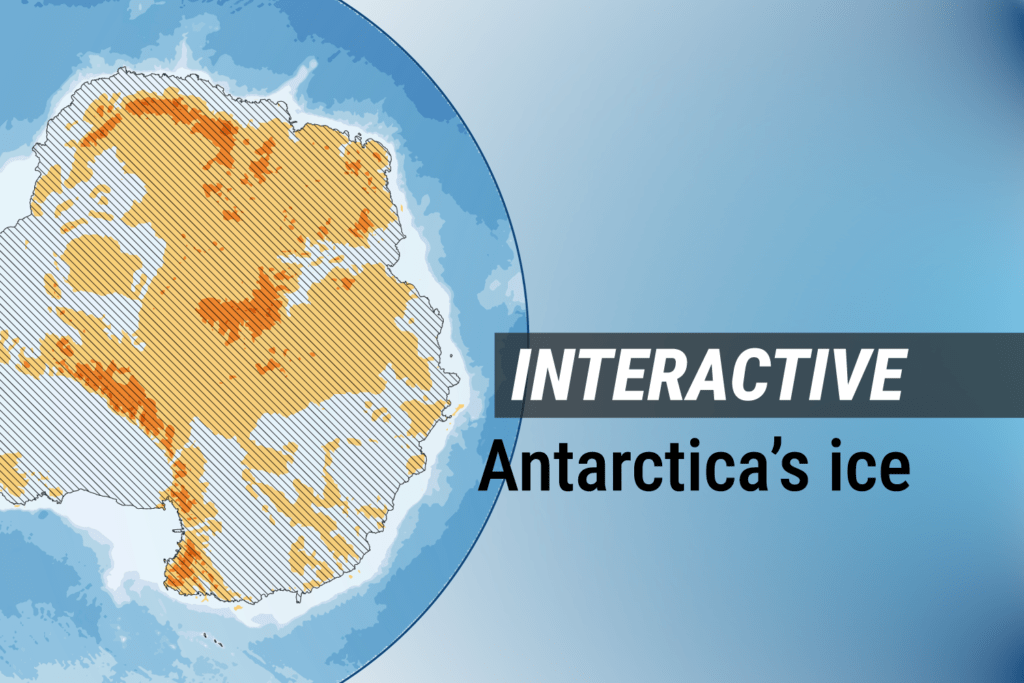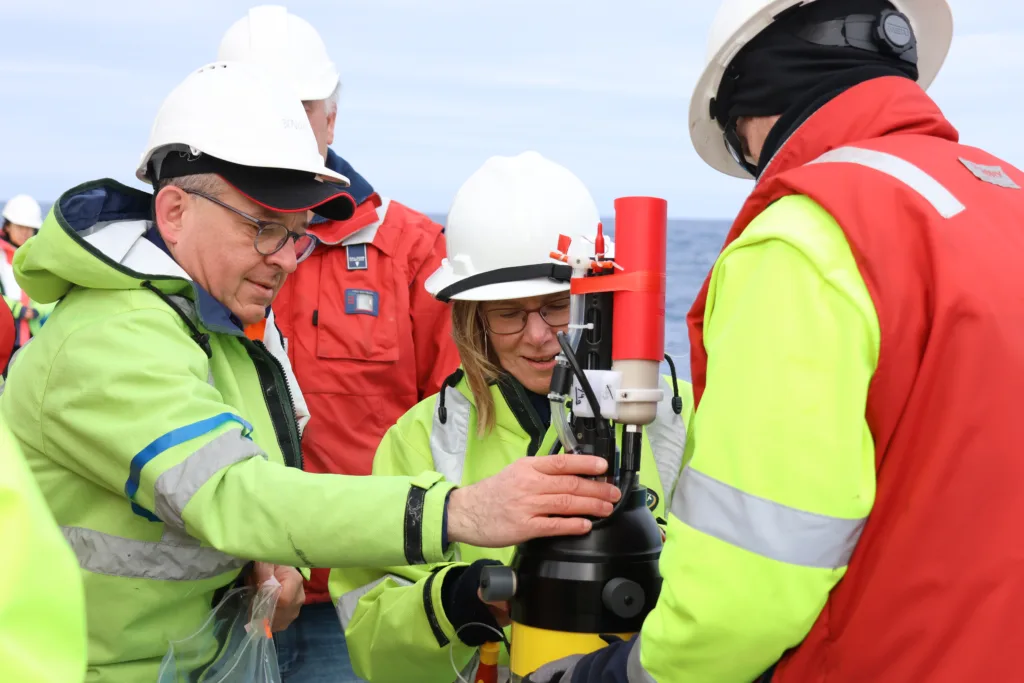To understand climate change and the Antarctic, scientists need to spend weeks at sea studying the depths. This is what it looks like.
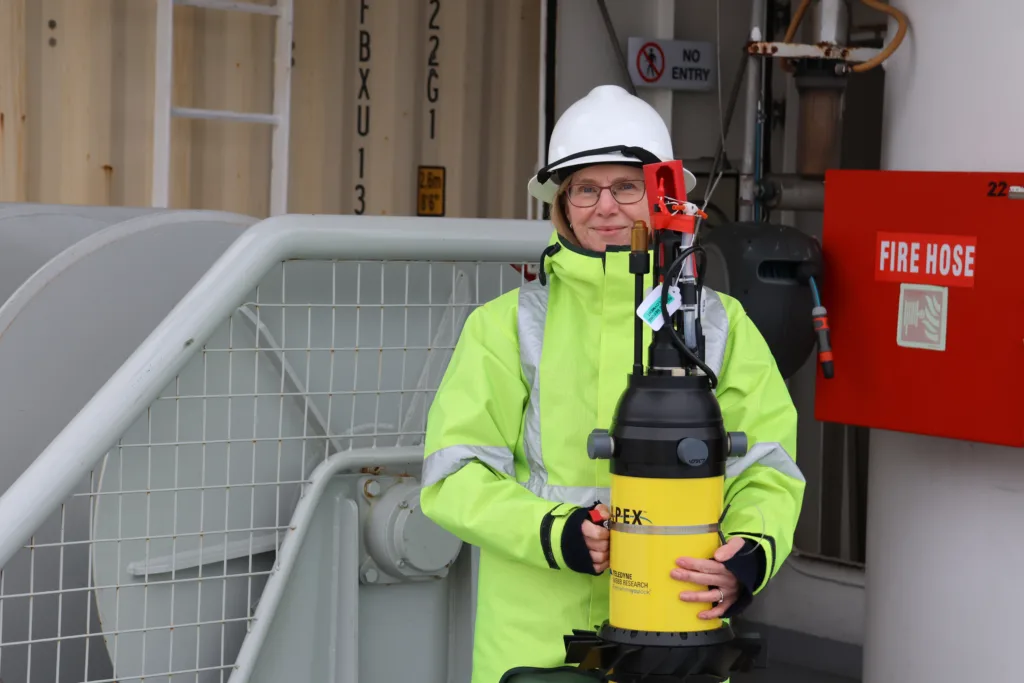 Co-chief Scientist of the FOCUS voyage, Helen Phillips, prepares scientific instruments for deployment. The voyage hopes to build a more detailed picture of a rapidly changing Southern Ocean. : Amelia Pearson, CSIRO CC BY 4.0
Co-chief Scientist of the FOCUS voyage, Helen Phillips, prepares scientific instruments for deployment. The voyage hopes to build a more detailed picture of a rapidly changing Southern Ocean. : Amelia Pearson, CSIRO CC BY 4.0
To understand climate change and the Antarctic, scientists need to spend weeks at sea studying the depths. This is what it looks like.
At the Institute for Marine and Antarctic Studies in Hobart, there is a saying that to protect Antarctica and the Southern Ocean is to protect our future on this planet.
This may sound like an overstatement, but in reality we are in the critical decade to cut carbon emissions to avoid tipping points in Antarctica and the Southern Ocean and bring us back to a safe climate.
The Southern Ocean controls the uptake of human-generated heat and carbon into the ocean and helps keep Earth habitable. It also influences global ocean circulation and climate, and contributes to melting of the Antarctic ice sheet – the greatest uncertainty in projecting future sea level rise.
However, despite its importance, the Southern Ocean is one of the most under-observed regions on the planet.
Ocean observations in such an extreme environment require collaboration between nations and disciplines and, of course, time at sea. This was exactly the approach we took to putting together the FOCUS voyage, led by CSIRO and the Australian Antarctic Program Partnership.
Southern Ocean in FOCUS
As a physical oceanographer I have spent my career observing and interpreting the Southern Ocean, to help answer urgent questions about its role in the climate system.
In November 2023, I co-led a 34-strong interdisciplinary team on a five week voyage aboard CSIRO research vessel RV Investigator to build on this work.
The ship set sail from Hobart, travelling more than 850 nautical miles south to the pulsing heart of the Southern Ocean – the Antarctic Circumpolar Current.
This current circles Antarctica and is like a big dam holding back the heat from the north and helping the waters around the icy continent stay cold. It is leaky in a few places, and has always been leaky, but we have observed more heat seeping through in recent times.
Changing winds are expected to accelerate this heat transport, melting sea ice and ice shelves that hold Antarctic glaciers back from contributing to further sea level rise.
Our aim was to zoom in on one likely culprit of this increased leaking – an eddy hotspot about half way between Tasmania and Antarctica – and build our understanding of the small-scale processes that control heat transport across the Southern Ocean.
Science away from the shore
Armed with a state-of-the-art toolkit, we were able to observe the ocean in high definition above and below the waves.
NASA and CNES’ recently-launched SWOT satellite measured the height of the ocean’s surface in fine detail from space, while the science team onboard the Investigator measured the properties of the water in the current all the way down to the seafloor.
Our conductivity, temperature and depth sensor — the workhorse of the expedition — provided beautiful vertical profiles of the ocean in fine detail, while the box-shaped Triaxus provided rapid sampling closer to the ocean’s surface.
We also deployed a suite of autonomous instruments, some contributed by international collaborators, like gliders, floats and drifters, which move around the ocean at various depths and report back through mobile phone networks.
These autonomous instruments will continue to collect data at sea for many months to come.
Leadership at sea
There is a real rhythm to science at sea. You turn up at a ridiculous time of the day – for me that was 2am – and greet the team looking bright and cheery, ready to start work.
In my role as co-chief scientist, my primary focus is ensuring the voyage achieves its scientific objectives.
However, as I’ve learned over many years, it doesn’t matter how well planned the voyage is, an effective voyage relies on adaptability and collaboration.
Conditions are constantly changing, equipment fails, and you have to work within the constraints of the ship. This means it’s not always possible to follow the original voyage plan. Instead, it’s about finding a way to compromise, and work towards objectives with a slightly different approach within the bounds of safety and wellbeing.
The other key part of my role is providing encouragement and support for the team to work like a well-oiled machine. We all like to be recognised for doing our job well and that is particularly true when the conditions are rough and cold.
One of the things I love most about voyages is the opportunity to work with the next generation of scientists, equipping them with the skills needed to be seagoing oceanographers, to gather data that is vital for understanding our oceans and the broader climate system. The team on FOCUS were an amazing bunch of enthusiastic, kind and generous people who did everything that was asked of them and made the voyage a success.
Ultimately, tackling the world’s greatest challenges like climate change takes many careers, and fostering an environment where new careers can flourish is vital.
Appreciating the science
Conducting science at sea builds an appreciation of every little piece of observational data we have access to. If there’s a gap in the data, something has likely gone horribly wrong – a piece of equipment has broken or the weather has turned sour. This appreciation built throughout the FOCUS voyage.
One of my PhD students James Wyatt put it into perspective: “Out in the Southern Ocean, it’s rough, it’s cold, and it’s a long way from civilisation. It really makes me value the measurements we have access to.”
Even if these emerging scientists never end up coming to sea again, it is important for them to understand what’s involved in gathering the data used in their research.
While the at-sea part of the FOCUS voyage has finished, the Antarctic region remains in a state of unprecedented change.
Our team of students and researchers in Australia, France and the US are working on the data collected from the voyage and from the satellite. Our results will underpin improved projections of Antarctic melt and sea level rise by delivering new knowledge of the influence of small-scale currents on heat movement across the Southern Ocean.
We have a window of opportunity to use our data to help inform government and community plans to adapt to our rapidly changing world and to track the response of the ocean to reductions in carbon emissions and the return to a safer climate. The faster each one of us reduces our emissions, or carbon footprint, the more likely we are to keep Earth habitable.
The research of the FOCUS voyage is supported by a grant of sea time on RV Investigator from the CSIRO Marine National Facility which is supported by the Australian Government’s National Collaborative Research Infrastructure Strategy (NCRIS).
Helen Phillips is a Physical Oceanographer at the Institute for Marine and Antarctic Studies, University of Tasmania. Her work contributes to the Australian Antarctic Program Partnership, the Australian Centre for Excellence in Antarctic Science and the Australian Government’s National Environmental Science Program Climate Systems Hub.
Originally published under Creative Commons by 360info™.



